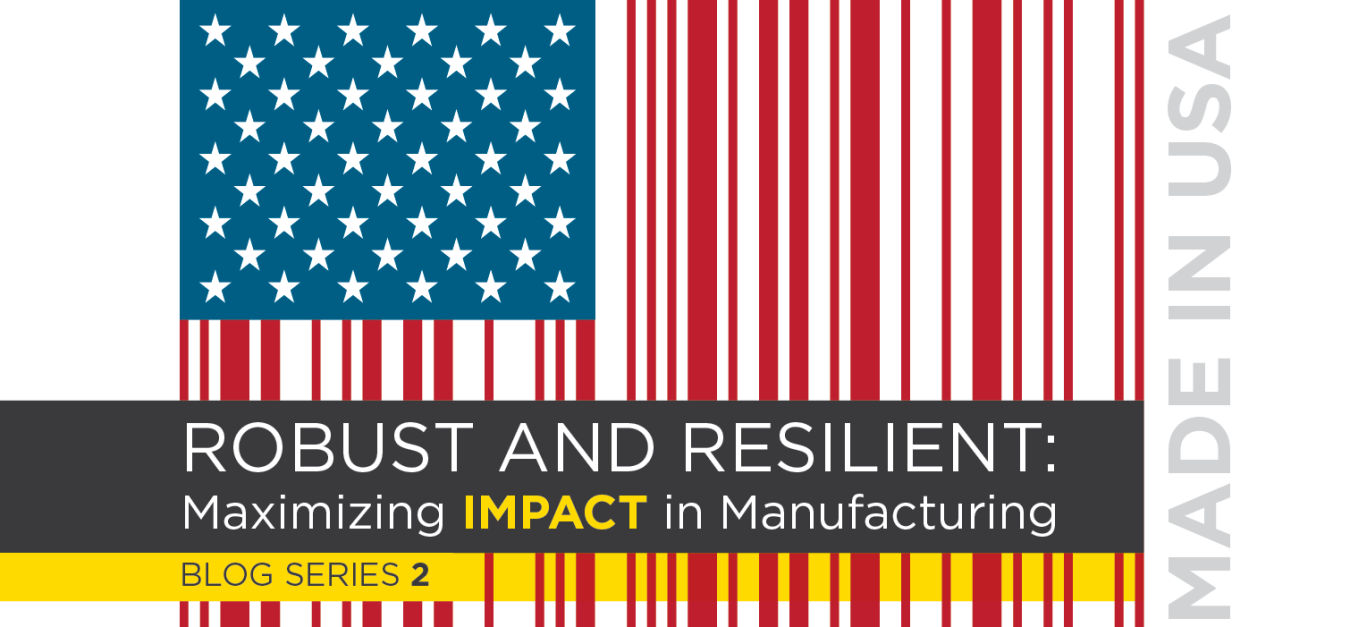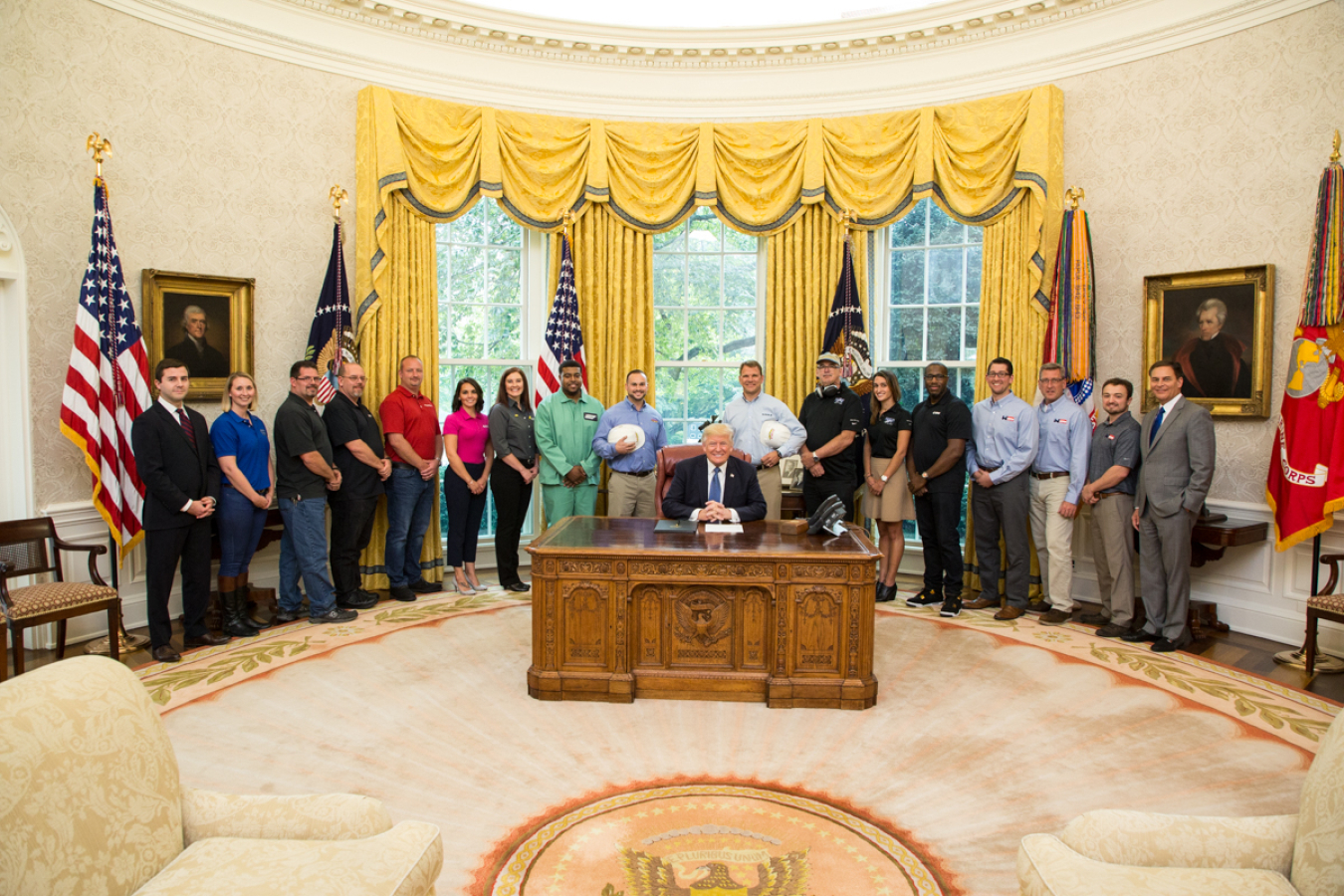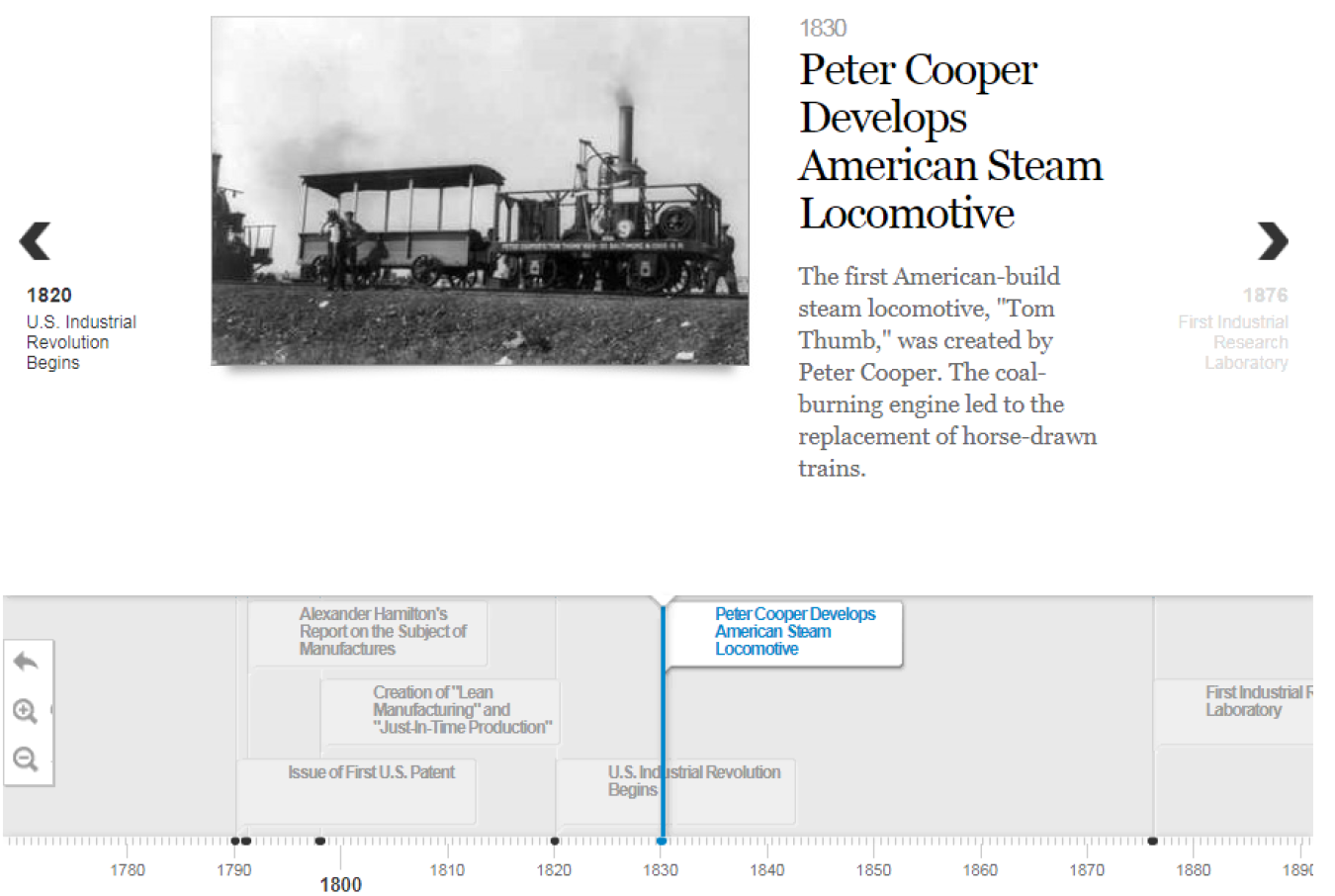As communities across the country celebrate Manufacturing Day today, it is an opportunity to recognize the role of industry and researchers.
Advanced Manufacturing & Industrial Decarbonization
October 6, 2017
As communities across the country celebrate Manufacturing Day today, it is an opportunity to recognize the significant role manufacturing plays in both the history and future of our nation. Manufacturing is a foundation of our economy. Manufacturing has also always been a hotbed of innovation for the United States—just take a look at this interactive timeline to see the major advances in manufacturing that have been driven by American ingenuity. Manufacturing accounts for nearly 90% of all U.S. patents. These patents don’t just cover new products, they also cover a diverse range of materials and processes that can be broadly applied across a number of industries, including those that have been that foundation of our economy for nearly 200 years. We connect the discovery with new technical knowledge through early-stage research and development (R&D) to explore novel ideas and theories that end up being translated into practical applications that can be adopted by manufacturers.
AMO’s key focus is to work with public- and private-sector partners to advance scientific innovations to overcome difficult manufacturing challenges and transition processes, materials, and information technologies into new manufacturing capabilities. Early-stage R&D is crucial, especially to small- and medium-sized companies who struggle to bridge the gap between idea and commercialization. The technical knowledge gained in early-stage R&D can have impact through cross-cutting, platform technologies relevant to manufacturing in multiple energy fields. While new knowledge discoveries may initially help answer questions relevant to a specific challenge, the new knowledge can also be applied and shared through other technical partnerships. Here are a few examples from our project portfolio:
- High Performance Computing for Steel Manufacturing – Researchers at national labs are working with industry partners to apply high performance computing (HPC) to answer foundational scientific questions about complex gas flow, combustion, and chemical reactions that can be applied to the steel industry.
- Modular Chemical Process Intensification – The Rapid Advancement in Process Intensification Deployment (RAPID) Manufacturing Institute brings together companies, academic institutions, national laboratories, and non-governmental organizations from all regions of the U.S. to focus on exploring breakthrough technologies that maximize processes at the molecular level to save energy with every chemical reaction as well as open up the use of new and abundant domestic energy resources in our economy.
- Membrane Systems for Used Oil Re-refining – Through the Small Business Innovation Research program, a team at Media and Process Technology, Inc. is developing innovative ceramic membranes by studying basic principles of thermal and chemical stability. These membranes can be used to recycle and re-refine waste oil.

Innovation in manufacturing and energy leads to economic growth and jobs for America, and early-stage R&D is essential to driving innovation. AMO is working to make the entire U.S. manufacturing sector more competitive, efficient and productive by connecting partners with resources like the national laboratories and public-private partnerships to support foundational early-stage R&D to close technical knowledge gaps relative to manufacturing and energy.
We hope you will join us in celebrating manufacturing this Manufacturing Day, and continue to work with us to ensure a robust and resilient manufacturing sector.
Read more about why Americans should care about Manufacturing Day here.

Check out these resources for more information about Manufacturing Day recognition across the government:
- Both chambers of Congress passed a resolution expressing support for the designation of the first Friday in October as “Manufacturing Day”. This legislation was introduced by Representatives Tim Ryan and Tom Reed, and Senators Lindsey Graham and Debbie Stabenow.
- The Department of Commerce highlighted the workers in the manufacturing industry in a new blog.



